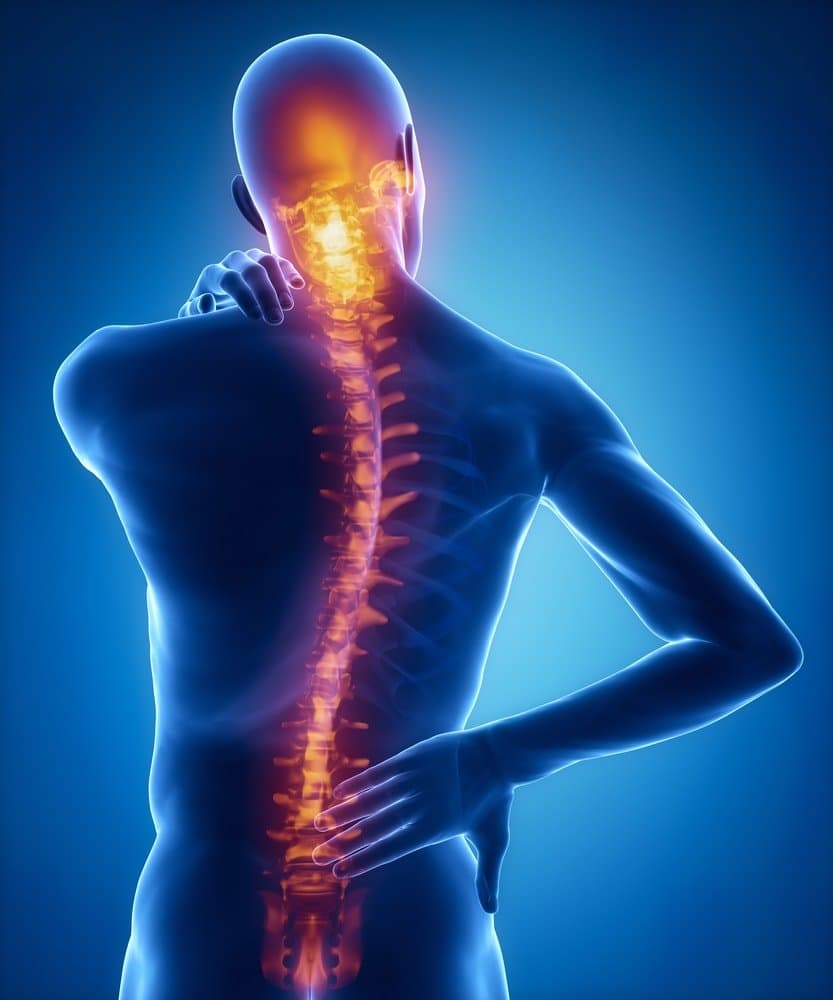Head, Neck and Spine

The skull is one of the most important bony structures in your body. This is because damage to the skull can risk any type of brain damage. Also, when there is a risk of a head injury, you should always assume that you are at risk of a neck and spine injury.
The following accidents can be at risk of head, neck or spine injury:
- Motor vehicular accident, even a small hit/bump can cause an injury
- Falling from any height
- Injury to the head, neck or spine through fight, sport incident etc.
- Electrocution
The following symptoms can be related to a head, neck or spine injury:
- Lack of responsiveness or moaning
- Confusion
- Vision Problems
- Trouble with your motor skills (walking or running)
- Seizures
- Vomiting
- Headaches
Steps for administering First Aid for head, neck or spine injuries:
- Make sure the surrounding area is safe for both the victim and you
- Make sure to contact 911, whether it’s you or a bystander
- Position and hold the neck to avoid any movement, twists or bending
- Turn the victim only if:
- The victim is in danger
- To check if the victim is breathing
- If the victim is vomiting
- If the Victim does not respond, begin CPR
